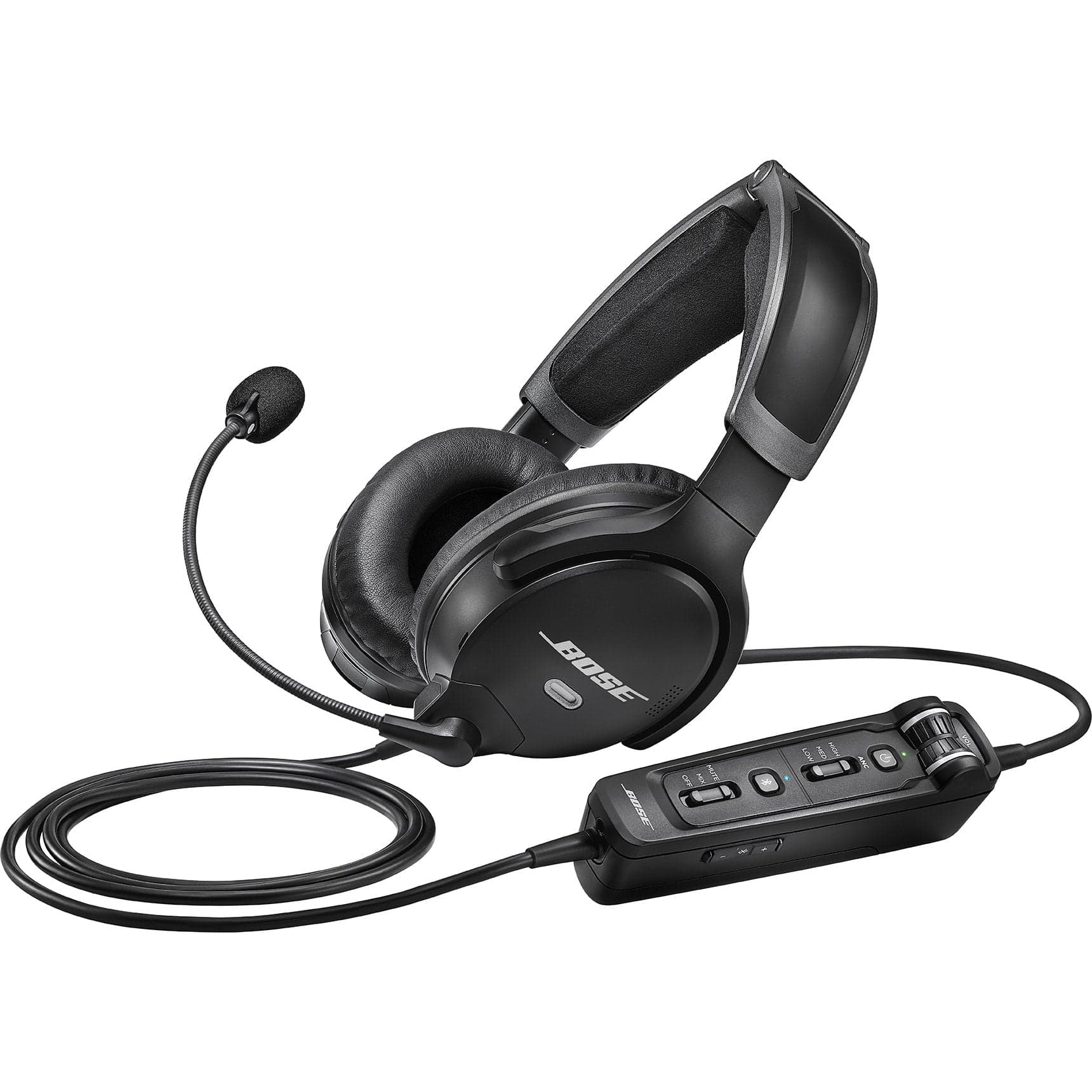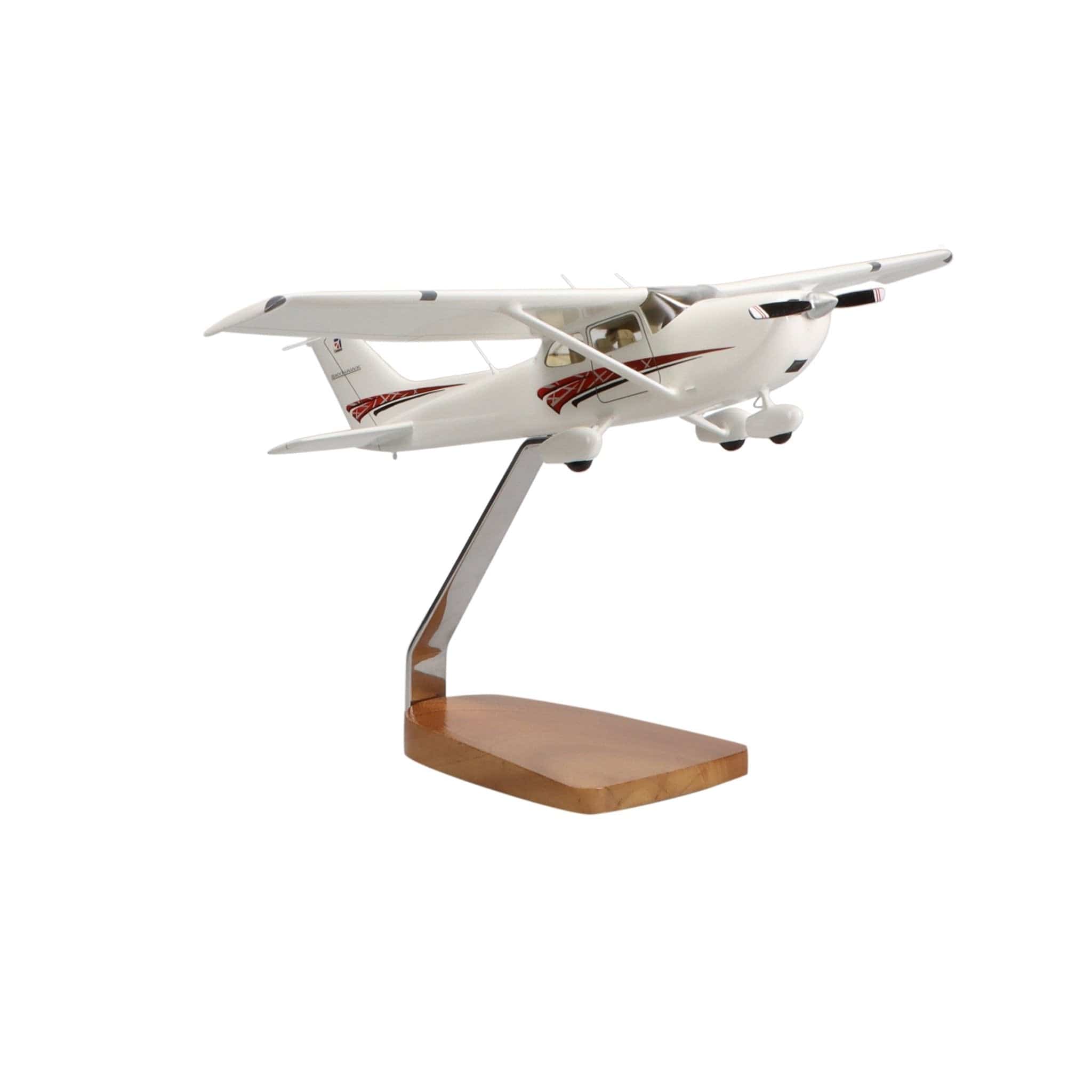Staying proficient, current, and safe is at the core of being a responsible pilot. As of February 2025, the FAA WINGS Program 2025 continues to provide structured, on-demand training that reduces general aviation accidents by addressing common risk factors. Below, we’ve updated our guide with the latest regulatory changes, new training resources, success stories, case studies, and expert comparisons to other pilot proficiency programs. Learn how this program meets your flight review requirements under 14 CFR 61.56(e) while elevating your overall pilot proficiency.
Table of Contents
What is the FAA WINGS Program?
The WINGS – Pilot Proficiency Program is a targeted, continuing education initiative by the Federal Aviation Administration. Its mission is to:
- Reduce general aviation accidents by addressing primary accident causal factors.
- Promote pilot proficiency through risk assessment, risk management, and scenario-based training.
- Provide an alternative means to satisfy mandatory flight review requirements under 14 CFR 61.56(e).
Launched by the FAA Safety Team (FAASTeam), the program is customizable by category (e.g., single-engine land, multi-engine, rotorcraft, glider) to suit your specific training needs.

How Do You Get FAA WINGS?
Participation in WINGS is voluntary and open to all pilots holding an FAA-issued certificate (including student pilots) and a current medical. To get started:
- Register for a free account on the FAA Safety website.
- Verify your FAA credentials, including your pilot certificate and medical.
- Create a pilot profile by selecting your training category (single-engine land, multi-engine, rotorcraft, glider, etc.).
Once your profile is set up, you can browse available WINGS activities, courses, and seminars—offered online or in-person through local flight schools and events.
How Does the FAA WINGS Program Work?
According to the official WINGS Pilot Proficiency Program User’s Guide, the program uses a combination of web-based knowledge courses and hands-on flight training with a certificated flight instructor (CFI). Completing a phase of WINGS can fulfill your next flight review requirement (per 14 CFR 61.56).
Knowledge Activities
- Online courses or seminars on risk management, decision making, aircraft systems, weather, and regulations.
- Courses may be self-assigned or auto-assigned based on your chosen aircraft category.
- Complete courses at your own pace with automated credit awarding upon meeting completion standards.
Flight Activities
- Practical flight tasks address common scenarios like stalls, landings, crosswind techniques, and IFR approaches.
- Each activity includes an information sheet detailing objectives and preflight guidelines.
- Train with a participating CFI who will sign you off upon successful completion.
- Validated credits are good for 12 months from the date of validation.
Complete the required 3 knowledge and 3 flight activities in a phase to advance to higher levels or maintain your flight review cycle.
How Many Phases Are in the FAA WINGS Program?
The WINGS program is structured into three levels and multiple phases:
- Basic WINGS: Based on private pilot standards.
- Advanced WINGS: Aligned with commercial pilot standards.
- Master WINGS: For ATP, CFI, and advanced commercial pilot standards.
While pilots can earn unlimited phases within each level, everyone must complete Phase 1 of Basic WINGS, which is required to be renewed at least every 12 months.
Pilots receive a complimentary WINGS lapel pin upon completing any level as a symbol of their commitment to aviation safety.
Latest Updates & Enhancements
Below are the recent updates and improvements based on industry-leading information:
-
Enhanced FAA Safety Website
The FAASafety.gov platform now features a streamlined interface for easier course enrollment, progress tracking, and event sign-ups. -
New AC 61-91J
The updated Advisory Circular AC 61-91J reinforces the value of ongoing training and recognizes the WINGS program as a valid method for meeting flight review requirements. -
Expanded Course Library
The program now includes courses on UAS safety, runway incursion avoidance, and advanced TAA procedures. -
WINGS Topic of the Quarter
New quarterly topics focus on critical safety issues such as CFIT prevention, stabilized approaches, and weather decision-making. -
Flexible Activity Substitutions
Pilots can now substitute certain advanced modules (e.g., IFR-focused) for VFR activities, tailoring their training to their needs. -
Integration with Aviation Events
Major events like EAA AirVenture and Sun ’n Fun now offer immediate WINGS credit through onsite seminars and workshops.
Success Stories & Case Studies
The FAA WINGS Program 2025 has transformed the training experiences of countless pilots. For example, Captain Sarah Johnson credits the program with boosting her confidence and skill, ultimately leading to a successful career transition from recreational to commercial flying. Her story highlights how the targeted flight activities and interactive online courses provide real-world benefits.
In another case study, a group of multi-engine pilots used the program’s flexible training modules to improve their crosswind landing techniques. Their collective success demonstrates the program’s versatility compared to other pilot proficiency programs, as it offers tailored solutions that meet diverse training needs. These success stories reinforce that the FAA WINGS Program 2025 is a proven pathway to enhanced pilot proficiency and safety.

Frequently Asked Questions (FAQ)
-
1. Does completing a WINGS phase count as a flight review?
Yes. Under 14 CFR 61.56(e), completing any phase of the WINGS program can substitute for the flight review requirement. Ensure you complete the required 3 knowledge and 3 flight activities within one phase.
-
2. How long does my WINGS credit remain valid?
WINGS credits are valid for 12 months from the date of completion. Completing a phase resets your flight review cycle to 24 calendar months.
-
3. Do I have to complete knowledge and flight activities in a specific order?
You may complete the activities in any order, provided you fulfill the 3+3 requirement for each phase. Flight activities must be endorsed by a participating CFI.
-
4. Which pilot certificates are eligible?
All general aviation certificates—including student, recreational, private, commercial, and ATP—are eligible. A current medical is required (or compliance with BasicMed rules).
-
5. Can student pilots benefit from WINGS?
Absolutely. The program introduces core safety concepts early on, helping students build a solid foundation through both online coursework and practical flight activities.
-
6. Are there any costs involved?
Many WINGS knowledge activities are free via FAA online courses or FAASTeam seminars. Flight activities incur standard aircraft rental and CFI fees.
-
7. What if I hold multiple ratings?
You can manage multiple training categories in your WINGS profile. Separate knowledge and flight activity recommendations are provided for each rating.
-
8. How do I find a CFI authorized to endorse activities?
Nearly all active CFIs can log into FAASafety.gov to endorse WINGS activities. Contact your local flight school or preferred CFI for confirmation.
-
9. How do I track my progress?
Log into your FAA Safety account and view the ‘My WINGS’ section to see pending activities, completed credits, and your current phase status.
-
10. Do I need to repeat Basic WINGS if I'm Advanced or Master?
Yes, the Basic phase must be renewed at least once every 12 months to maintain foundational safety skills, regardless of your highest completed level.
Recommended Resources
- WINGS – Pilot Proficiency Program User’s Guide – The official document detailing enrollment, activities, and credit validation.
- Rusty Pilot Recommendations – For pilots seeking to regain currency and confidence.
- Everything Explained for the Professional Pilot – A comprehensive reference covering broad aviation topics.
- Up-to-Date Federal Aviation Regulations – Stay current with the latest FAR/AIM editions.
- BasicMed Explained – Understand the privileges and limitations of BasicMed as they relate to WINGS activities.
Final Thoughts
The FAA WINGS Program 2025 is continuously evolving, offering pilots a robust, flexible, and cost-effective pathway to maintain and enhance their proficiency. With updated online resources, tailored flight activities, and inspiring success stories, the program stands out as one of the most comprehensive tools available to meet your flight review requirements and improve overall safety.
Stay safe, stay current, and let the FAA WINGS Program 2025 help you become the best pilot you can be.







